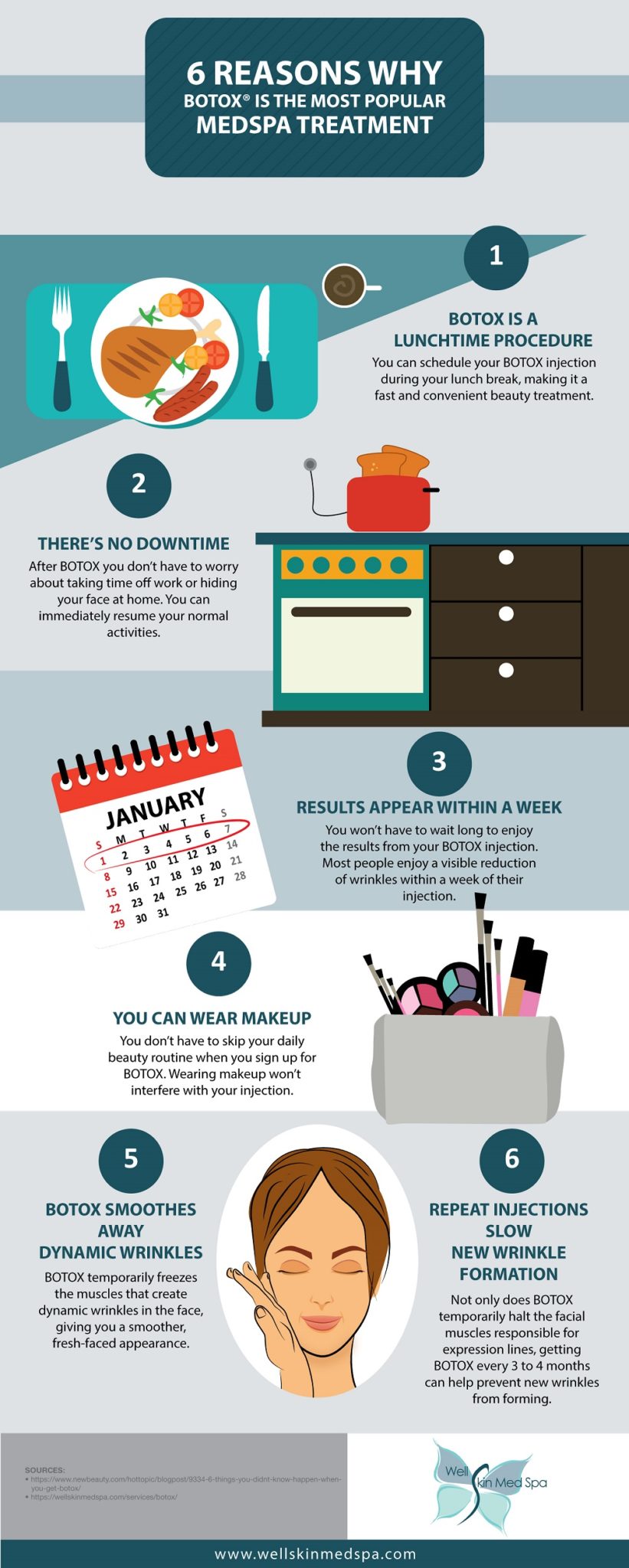How Does SMILE Eye Surgical Procedure Contrast To LASIK And PRK?
How Does SMILE Eye Surgical Procedure Contrast To LASIK And PRK?
Blog Article
Web Content Created By-Fischer Copeland
If you've been considering SMILE eye surgical treatment, you may ask yourself just how it compares to LASIK and PRK. Each treatment has its own collection of advantages and factors to consider. From quicker recovery times to possible dangers, there are vital differences you ought to recognize prior to deciding. Recognizing these differences will help you make an informed option that straightens with your certain requirements and expectations. Interested to know even more concerning exactly how these procedures compare in detail? Keep checking out to gain an extensive understanding of SMILE, LASIK, and PRK.
SMILE Eye Surgical Procedure Introduction
If you're considering SMILE eye surgery, you'll discover it to be a minimally invasive procedure with a quick recovery time. Throughout SMILE (Tiny Cut Lenticule Extraction), a laser is used to produce a tiny, specific cut in the cornea to eliminate a small piece of cells, improving it to correct your vision. This varies from LASIK, where a flap is developed, and PRK, where the external layer of the cornea is totally eliminated.
Among the vital benefits of SMILE is its minimally invasive nature, leading to a faster healing procedure and less discomfort post-surgery. The healing time for SMILE is fairly fast, with lots of clients experiencing enhanced vision within a day or two. This makes it a prominent option for those seeking a practical and reliable vision modification procedure. Additionally, SMILE has actually been revealed to have a lower threat of dry eye disorder contrasted to LASIK, making it a beneficial option for people worried regarding this potential side effect.
Differences In Between SMILE, LASIK, and PRK
When comparing SMILE, LASIK, and PRK eye surgical procedures, it is essential to comprehend the distinct strategies used in each procedure for vision modification.
SMILE (Small Laceration Lenticule Extraction) is a minimally intrusive treatment that involves producing a tiny laceration to remove a lenticule from the cornea, improving it to fix vision.
https://lasiknearme05172.ourcodeblog.com/26667846/the-future-of-glaucoma-treatment-developments-and-developments (Laser-Assisted Sitting Keratomileusis) includes developing a thin flap on the cornea, using a laser to reshape the underlying cells, and then repositioning the flap.
PRK (Photorefractive Keratectomy) removes the external layer of the cornea prior to improving the tissue with a laser.
The primary distinction lies in the method the cornea is accessed and treated. SMILE is flapless, making it a great option for individuals with slim corneas or those associated with contact sporting activities. LASIK uses fast aesthetic recovery due to the flap production, but it might present a greater threat of flap-related complications. PRK, although having a much longer recovery duration, avoids flap-related concerns altogether.
Understanding these variations is important in choosing one of the most suitable procedure for your vision correction needs.
Pros and Cons Comparison
To assess the benefits and drawbacks of SMILE, LASIK, and PRK eye surgical treatments, it's necessary to consider the specific advantages and possible restrictions of each procedure. SMILE surgery provides the advantage of a minimally invasive treatment, with a smaller cut and possibly quicker healing time compared to LASIK and PRK. It also decreases the threat of dry eye post-surgery, an usual negative effects of LASIK. Nevertheless, How Much Does It Cost To Get LASIK may have limitations in dealing with greater degrees of myopia or astigmatism compared to LASIK.
LASIK surgery offers quick visual recovery and minimal pain during the procedure. It's highly reliable in dealing with a wide range of refractive errors, including nearsightedness, hyperopia, and astigmatism. Yet, LASIK carries a risk of flap problems, which can impact the corneal structure.
PRK eye surgical procedure, while not as prominent as LASIK, prevents developing a corneal flap, reducing the threat of flap-related issues. It's suitable for people with thin corneas or uneven corneal surfaces. However, https://www.nytimes.com/2018/06/17/opinion/lasik-eye-surgery.html has a much longer recovery time and might involve more discomfort throughout the recovery process.
Conclusion
So, when it comes to choosing between SMILE, LASIK, and PRK, think of it like picking the excellent pair of footwear. https://lukasnevlb.blogrenanda.com/32420485/plan-for-laser-vision-adjustment-with-accuracy-and-focus-to-detail-to-maximize-the-effectiveness-of-your-procedure is like a smooth, comfortable set of sneakers - fast and very easy.
LASIK is a lot more like fashionable high heels - fancy and quick, yet with some potential risks.
PRK resembles strong hiking boots - trusted and resilient, yet needing a little bit more time and effort.
Ultimately, the most effective selection depends on your specific needs and preferences.
